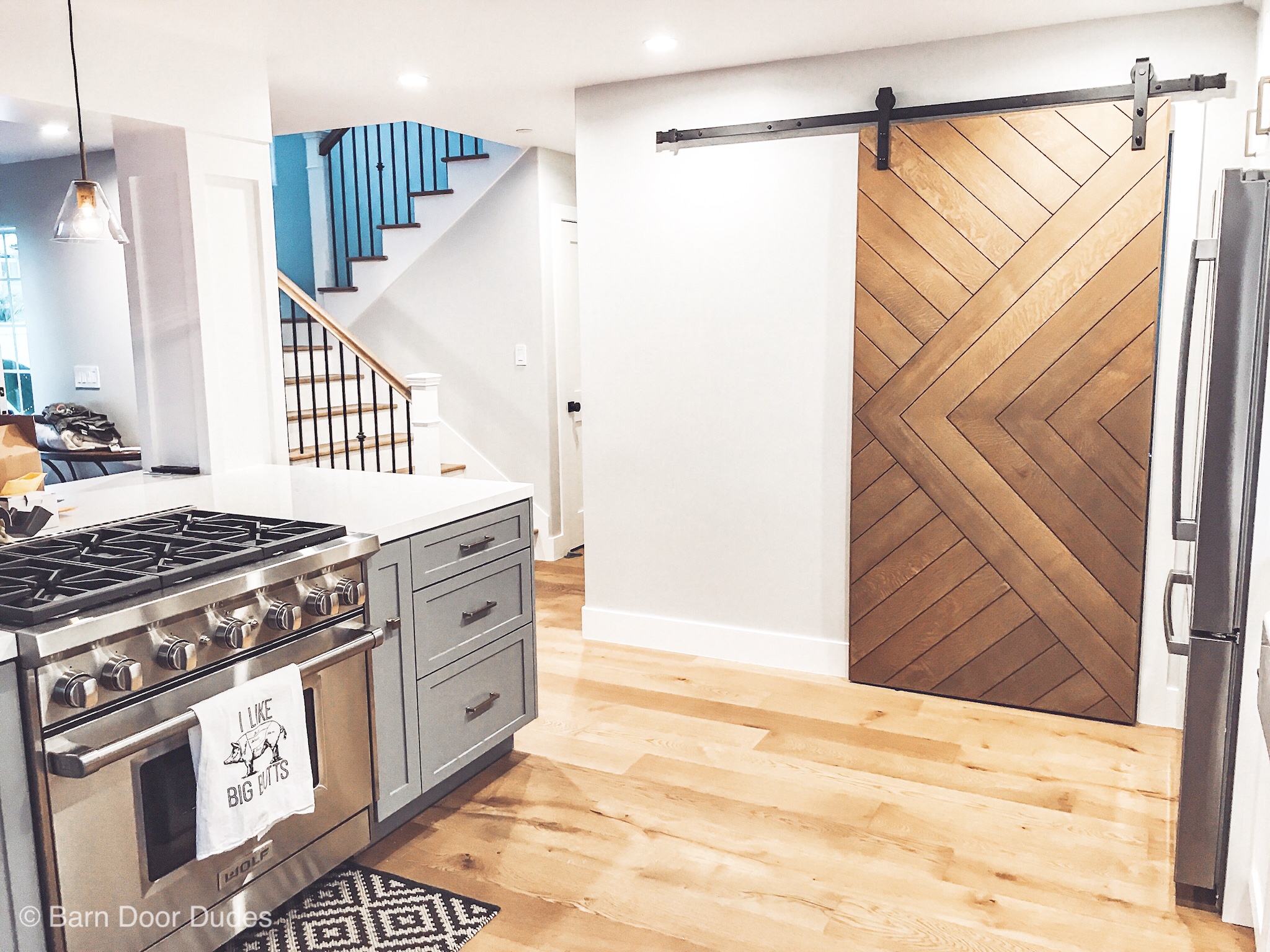Maximizing Space with Sliding Door Solutions
- Barn Door Dudes

- Sep 16
- 4 min read
Sliding doors are an excellent way to optimize space in any home or office. Unlike traditional hinged doors, sliding doors glide along a track, requiring less clearance and allowing for more flexible room layouts. Whether you are dealing with tight spaces or simply want to add a modern touch, sliding door solutions can transform your environment efficiently and stylishly.
Benefits of Installing Sliding Doors
Sliding doors offer several advantages that make them a popular choice for maximizing space:
Space-saving design: Sliding doors do not swing open, so they free up floor space that would otherwise be needed for door clearance.
Versatility: They can be used in various settings such as closets, bathrooms, patios, and room dividers.
Aesthetic appeal: Sliding doors come in many styles and materials, from glass panels to wood finishes, enhancing the overall look of your space.
Accessibility: They provide easy access, especially in narrow hallways or small rooms.
Natural light: Glass sliding doors allow more light to flow between rooms, making spaces feel larger and brighter.
For example, in a small apartment, replacing a swinging closet door with a sliding door can free up valuable floor space for furniture or movement. In offices, sliding doors can create flexible meeting areas without permanent walls.

Choosing the Right Sliding Doors for Your Space
Selecting the appropriate sliding door depends on your specific needs and the room’s layout. Here are some key factors to consider:
Material: Wood offers warmth and privacy, glass maximizes light, and metal frames provide a sleek, industrial look.
Track system: Top-hung tracks are common and keep the floor clear, while bottom-rolling tracks can be easier to install on uneven floors.
Door size and weight: Ensure the track and hardware can support the door’s dimensions and material.
Privacy and soundproofing: Solid doors provide better privacy and noise reduction compared to glass or open designs.
Style and finish: Match the door style with your interior design for a cohesive look.
Sliding doors can also be customized with features like frosted glass for privacy or mirrored panels to add depth to a room. For tight spaces, consider bypassing barn doors, which allow two doors to slide past each other on separate tracks, maximizing access without needing extra wall space.

How much overlap do I need for bypass barn doors?
When installing bypass barn doors, the amount of overlap between the doors is crucial for smooth operation and effective coverage. Typically, an overlap of 2 to 3 inches is recommended. This ensures that when the doors slide past each other, there is no gap that compromises privacy or aesthetics.
Here are some tips for determining the right overlap:
Measure the total width of the doorway and divide it by two to get the approximate width of each door.
Add the overlap measurement to one or both doors depending on your track setup.
Consider the thickness of the doors and the clearance needed for smooth sliding.
Consult with your door supplier or installer for specific recommendations based on your door style and hardware.
Proper overlap prevents light leaks and drafts, making bypass barn doors a practical and attractive solution for closets, pantries, or room dividers.

Installation Tips for Sliding Doors
Installing sliding doors can be a straightforward DIY project or a job for professionals, depending on your experience and the door system complexity. Here are some practical tips to ensure a successful installation:
Prepare the space: Clear the area around the doorway and ensure the wall and floor are level.
Measure accurately: Double-check all measurements before ordering doors and hardware.
Use quality hardware: Invest in durable tracks, rollers, and handles to ensure longevity and smooth operation.
Follow manufacturer instructions: Each sliding door system may have specific installation steps.
Check door alignment: After installation, adjust the doors to ensure they slide evenly without sticking or rattling.
Consider safety: For glass doors, use tempered or laminated glass to prevent injury in case of breakage.
If you are unsure about installation, hiring a professional can save time and avoid costly mistakes. Proper installation enhances the door’s function and extends its lifespan.
Creative Uses of Sliding Doors to Maximize Space
Sliding doors are not just functional; they can also be a design feature that enhances your space creatively. Here are some innovative ways to use sliding doors:
Room dividers: Use sliding doors to separate living and dining areas, creating flexible open-plan spaces.
Closet doors: Replace bulky hinged doors with sliding ones to free up room for storage or dressing.
Pantry access: Sliding doors can conceal kitchen pantries without blocking adjacent cabinets or appliances.
Bathroom privacy: Sliding doors save space in small bathrooms and can be fitted with frosted glass for privacy.
Outdoor access: Large sliding glass doors connect indoor living spaces with patios or gardens, expanding usable space.
By incorporating sliding doors thoughtfully, you can enhance both the functionality and style of your home or office.
Sliding door solutions offer a smart way to maximize space without sacrificing style or convenience. Whether you choose traditional sliding doors or explore options like bypassing barn doors, these systems provide flexibility and efficiency for any room. With careful selection, proper installation, and creative application, sliding doors can transform your space into a more open, accessible, and attractive environment.










Comments